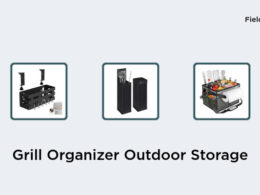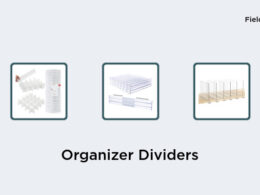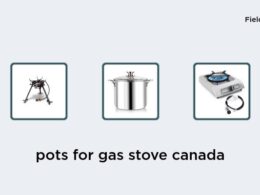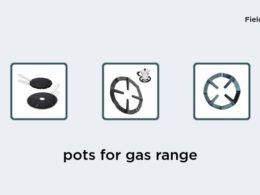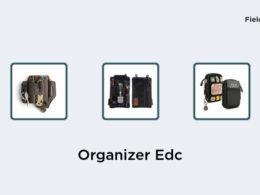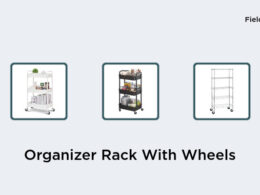Understanding the Limitations of Hydroponic Gardening
Hydroponic gardening has rapidly gained popularity in recent years due to the many benefits it offers, such as higher yields, faster growth rates, and better control of plant nutrition. However, like any other gardening method, it comes with its limitations and challenges that gardeners should be aware of. One significant limitation of hydroponic gardening is the need for continuous monitoring. Plants grown hydroponically rely entirely on the nutrient solution provided by the gardener. If the nutrient levels are not properly maintained, plants may suffer from nutrient deficiencies or toxicities, which can lead to stunted growth and poor yields. Another limitation is the potential risk of power failures. In hydroponic systems, pumps and other equipment rely on electricity to function correctly. In the event of a power failure, the entire system can shut down, thereby interrupting the supply of nutrients and water to the plants. This can cause irreversible damage to the plants and lead to losses for the grower.The Importance of Continuous Monitoring in Hydroponics
To prevent the limitations mentioned above, it is essential to keep a close eye on your hydroponic system regularly. Monitoring your system ensures that the nutrient levels are in the correct range for your plants, the pH level is maintained, and the water temperature is optimal. Regular monitoring also ensures that any potential issues are detected early, allowing you to take proactive measures to address them before the plants become damaged irreparably. As part of your monitoring routine, you should periodically check for signs of nutrient deficiencies, diseases, and pests that can harm your plants. Useful tips for monitoring your hydroponic system include:- Keep a record of your nutrient solution recipe and schedule changes
- Use quality monitoring tools such as a pH meter, conductivity meter, and water temperature gauge
- Inspect your plants frequently for signs of stress or damage
Potential Risks and Challenges of Hydroponic Systems
As with any gardening method, hydroponic systems have their risks and challenges that gardeners should be aware of. Apart from the limitations mentioned above, other potential risks include:- The need for sterilization: Hydroponic systems are susceptible to water-based micro-organisms that can cause plant diseases. As such, sterilization of the system is necessary to prevent this from happening.
- Equipment failure: Hydroponic systems are complex, and equipment such as pumps and timers can fail, causing damage to plants and loss of yields.
- Environmental factors: Changes in temperature, humidity, and lighting can affect the growth of plants and potentially damage them.
Addressing the Issue of Power Failures in Hydroponics
Power failures are one of the most significant challenges facing hydroponic gardeners. They can occur due to storms, equipment failure, or other unforeseen circumstances. To minimize the risk of power failure, gardeners can invest in backup power systems, such as battery-operated pumps or generators. In addition, it is essential to have a manual backup plan in case of extended power failures. This involves manually watering plants or providing nutrients until power is restored. A backup plan can help prevent irreparable damage to plants and ensure that gardeners do not suffer significant financial losses.Manual Intervention in Hydroponic Gardens: What You Need to Know
Manual intervention is necessary in hydroponic gardens in the event of power or equipment failures. Manual watering of plants involves pouring nutrient-rich water over the plant roots, ensuring they have sufficient water and nutrients to thrive. When manually watering plants, gardeners should be cautious not to overwater or underwater, as this can lead to nutrient imbalances, root rot, and other plant diseases. It is also important to ensure that the nutrient solution has the correct pH level and temperature to ensure optimal plant growth.Dealing with Water-Based Micro-Organisms in Hydroponic Gardening
One of the potential risks of hydroponic gardening is the susceptibility of the system to water-based micro-organisms that can cause diseases in plants. To prevent this from happening, gardeners should sterilize the system before planting and regularly keep all parts of the system maintained. To sterilize the system, gardeners should:- Clean all parts of the system with a bleach solution before planting.
- Replace the nutrient solution regularly to prevent the accumulation of harmful microorganisms.
- Use a UV sterilizer or other sterilization methods.








